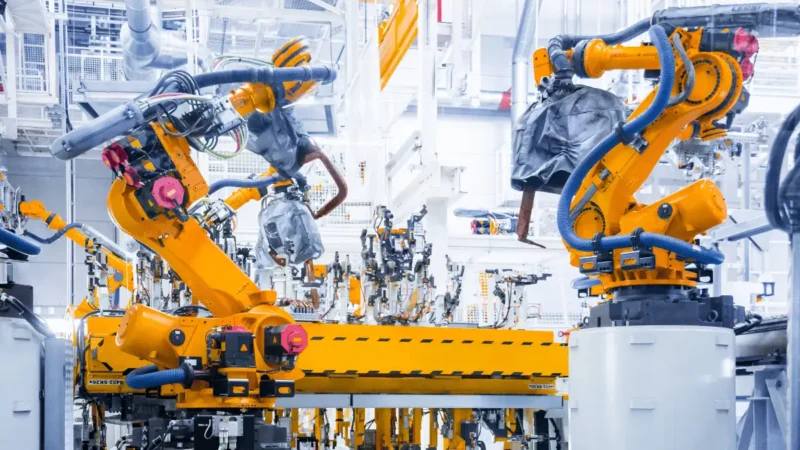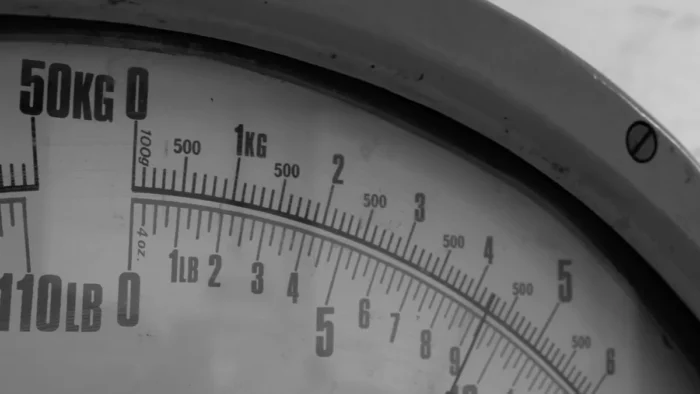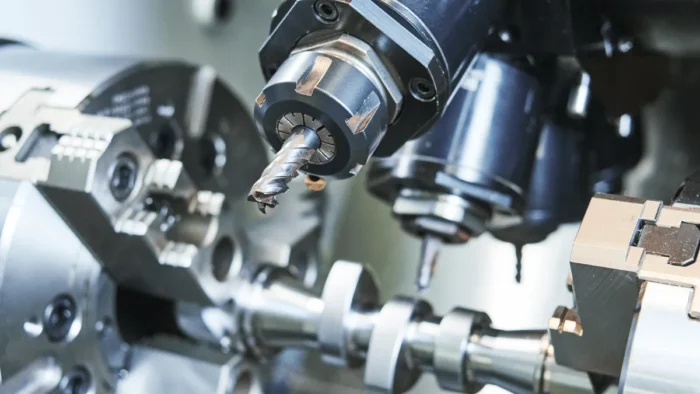Are you in the manufacturing business? Are you wondering what goes into a successful, efficient workflow? Understanding the different processes involved in manufacturing is key to success – but it can be tricky to navigate without proper guidance.
Luckily, this post can help! We’ll look at some of the most important steps and best practices when it comes to establishing a great workflow within your production line. From understanding resources and materials handling to eliminating common mistakes and bottlenecks that occur during assembly, this article will provide an essential guide for any manufacturer looking to create the perfect process.
So read on and get started with revamping your manufacturer today!
What Is Manufacturing and How Does It Work
Manufacturing is the process of transforming raw materials into finished products through different techniques and machinery. It involves various stages, including design, planning, fabrication, assembly, quality control, and packaging.
The key foundation of manufacturing is modifying the physical properties of materials or substances to create new end products that consumers can use. This involves a complex process that requires expertise, precision, attention to detail, and knowledge of various technology and machinery.
From injection molding machines to lathes and mills, each of these pieces of equipment must be carefully chosen and operated according to a specific plan. Although manufacturing processes differ depending on the type of product, they typically follow a similar protocol to ensure efficient, cost-effective, and high-quality outcomes.
Understanding the challenges and opportunities in manufacturing is essential in a rapidly changing world, as it continues to shape our economy and way of life.
Types of Manufacturing Processes
Manufacturing processes are the backbone of many of the products that we use in our daily lives. From the clothes we wear to the cars we drive, everything has been manufactured using a specific process. There are several types of manufacturing processes, each with its unique benefits and drawbacks. Among these processes, casting, forging, and machining are the most commonly used.
Casting involves pouring melted metal into a mold and letting it harden while forging involves hammering metal into a desired shape.
Machining, on the other hand, involves removing excess material from a workpiece using cutting tools. No matter which process is used, the result is a product that is durable and reliable and meets the demands of consumers across the world.
Cost Considerations for Manufacturing
When it comes to manufacturing, cost considerations are a crucial part of the equation. There are many factors to take into account, including materials, labor, overheads, and more. But while it can be tempting to focus solely on cutting costs, it’s important to also think about the bigger picture.
For example, investing in higher-quality materials or more skilled labor might increase costs in the short term but could result in better products and happier customers in the long run. Ultimately, finding the right balance between cost and quality is key to success in the competitive world of manufacturing.

The Benefits of Interchangeable Parts
Few inventions have had a more profound impact on manufacturing than the interchangeable part. Once upon a time, craftsmen had to hand-carve each piece of a machine or device, one at a time. If just one part was off even slightly, the whole thing wouldn’t work. The concept of using standardized, replicable components changed all that. Suddenly, mass production was possible.
Factories could churn out countless objects, all made of identical components. Products became cheaper, and more accessible to more people. It’s worth noting, too, that interchangeable parts made repair and maintenance simpler. Instead of needing a skilled specialist to repair a machine, pretty much anyone with basic knowledge could swap out a faulty part. Truly, interchangeable parts were a game-changer.
Quality Control in Manufacturing
Quality control is a vital element in ensuring that manufactured products meet specific standards of quality. A high level of quality control plays a crucial role in building customer loyalty and enhancing brand reputation in the manufacturing industry. It is essential to ensure that products meet or exceed customer expectations, and quality control is one way of ensuring that.
Without quality control, manufacturers may experience a decline in customer confidence, which can lead to decreased sales and revenue. In essence, quality control is a necessary component of the manufacturing process, and manufacturers should prioritize it to maintain their competitive edge in the market.
Understanding Lean Manufacturing Strategies
As manufacturers compete in today’s rapidly changing market, more and more are turning to lean strategies to improve their operations.
The goal of lean manufacturing is to cut waste and optimize production, resulting in better products and higher profits. But what exactly does a lean strategy entail? It involves a fundamental shift in the way businesses approach production. Instead of simply trying to produce as many items as possible, lean manufacturers focus on eliminating all forms of waste, whether it’s overproduction, waiting, defects, or excess inventory.
By optimizing their processes, they can create a streamlined operation that delivers high-quality products with fewer resources. Understanding the principles of lean manufacturing can be a game-changer for any business looking to improve its bottom line.
Conclusion
Manufacturing is an integral part of the industrial sector, having delivered a continuous stream of innovative technology and workplace solutions to all kinds of businesses. Through improvements in productivity and efficiency, manufacturing has allowed numerous economic advances that have resulted in continued success for the industry as a whole.
For companies to stay competitive and maximize efficiencies, they need to keep up with the latest developments and trends in manufacturing. By doing so, they can ensure that their operations remain cost-effective while hosting modern methods of production devised from decades of collective manufacturing experience.





